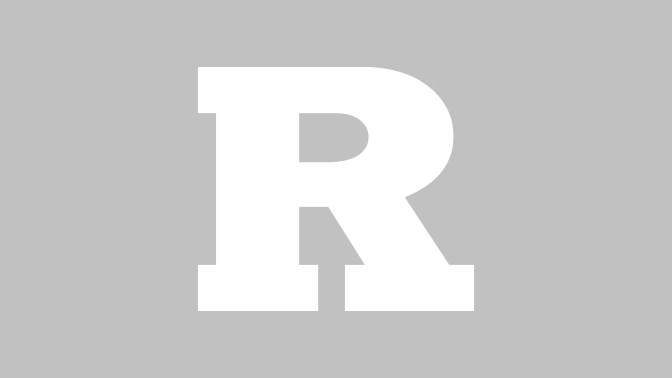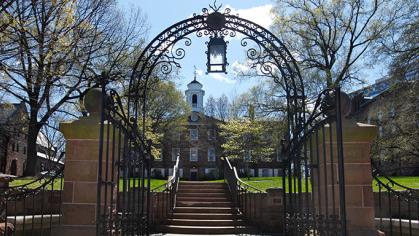Strengthening the Business-IT Partnership in Higher Education
On September 29, J. Michael Gower, Executive Vice President – Chief Financial Officer (CFO) & University Treasurer, and Michele Norin, Senior Vice President and Chief Information Officer (CIO), participated in a National Association of College and University Business Officers (NACUBO) webinar titled “Strengthening the Business-IT Partnership in Higher Education.” Gower and Norin discussed the importance of their work partnership and its impact on the success of the university.
Gower reflected, “Early on, I looked at technology as a tool to get my job done. As time progressed, I saw how critical information technology was to the delivery of the institution’s mission. We have four major missions: education, public service, healthcare, and research. Technology is needed to connect people and support all four missions.”
Norin and Gower collaborate often to make large investments in technology for Rutgers. The CFO needs to take the time to learn from an institution’s CIO and be conscious about making investments in information technology, while the CIO needs to learn from an institution’s CFO how the budget works and what information is needed to make informed investment decisions.
Over the past few years, Norin and Gower focused Rutgers University investments on modernizing technology to improve and streamline processes for students, faculty, staff, and alumni. This has included consolidating multiple email systems; creating a single learning management system; replacing business applications with cloud versions; implementing a constituent relationship management platform; creating more self-service tools for students; and modernizing communication, document signing, and conferencing tools.
“We are expected to keep up with it (technological advances), and if we are not, another university will,” Gower said.
He cited the university’s transition to cloud computing services in 2013 as an earlier example of Rutgers’ constant push to keep pace with technology. Cloud computing services were fairly new at the time, when Rutgers was in the midst of a merger with University of Medicine and Dentistry of New Jersey (UMDNJ), one that would go on to become the largest higher education merger in United States history.
“We had two of everything for administrative and student support systems. Institutions are notorious for customizing systems, meaning new implementations constantly,” Gower said. “You cannot customize in cloud strategy, so you can take advantage of new features. Since it is constantly improving, you don’t have to stop and reinvent it.” Thus, Rutgers’ interest in adopting cloud-based methods that could support intuitive use for a variety of university needs.
When asked how COVID-19 changed the university’s reliance on technology, Mike mentioned that it led Rutgers to quickly minimize the use of paper checks and drastically reduce the need for physical records. As the second financial audit – performed largely remotely – concludes, Gower can count on one hand the number of times a staff member needed to go into the office to pull records.
Norin added that the transition was mostly seamless from a technology and support perspective, allowing the university to only need to add one enhanced video conferencing tool. She acknowledged that although the process of embracing alternative working methods is ongoing and will continue as the COVID-19 pandemic continues to evolve, Rutgers’ comfort level with working remotely has grown as community members have formed new habits in how they use technology.
“Our ability to work from anywhere is challenging our notions of the physical space requirement. You cannot be remote without technology; it isn’t bound by physicality and structures. Technology allows different opportunities to teach and conduct research. We can still operate as an institution outside of our physical plant,” Norin concluded.

